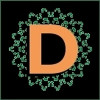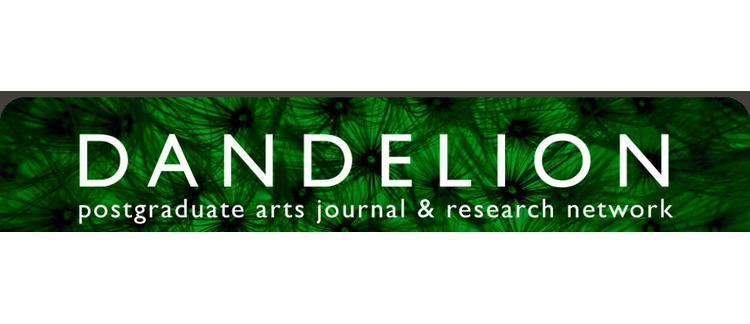Abstract
‘All terror is local now’, says Sister Edgar in Don DeLillo’s 1997 novel Underworld . But where was terror before? This article draws on Hannah Arendt’s study of violence to examine the models of violence that are offered in DeLillo’s novel, attempting to draw out what is continuous about violence across the Cold War and the War on Terror and what is discontinuous. What political role does the mythology of terror – the spectre of violence haunting the 1990s as well as today – play in the maintenance of power? How does this mythology unify disparate forms of violence as a single threat? And what form does this take when the threat is no longer outside? The article argues that the localised violence of the 90s radically altered the formation of our understandings of violence in the wake of 9/11, preventing a return to a Cold War faith in the categories of the nation state and centralised power. Underworld offers insight into the anxieties and uncertainties that prefigured this shift, without the distortions caused by the violence of the following years.
How to Cite:
May, T., (2014) “Local and Spectral Violence in Don DeLillo’s 'Underworld'”, Dandelion: Postgraduate Arts Journal and Research Network 5(1). doi: https://doi.org/10.16995/ddl.306
Downloads:
Download PDF
643 Views
479 Downloads

